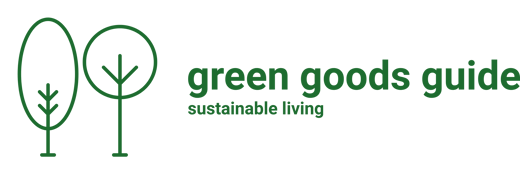The Hidden Threat: Understanding the Long-Term Effects of Microplastic Contamination
In recent years, the growing concern about plastic pollution has shed light on a lesser-known issue: microplastic contamination. Microplastics are tiny plastic particles that measure less than 5mm in size, posing a significant threat to our environment and ecosystems. In this blog, we will explore the long-term effects of microplastic contamination and its impact on our planet. Additionally, we will provide a green goods guide to help you make sustainable choices and reduce your contribution to this pervasive problem.
2 min read


1. Ecological Impact:
Microplastics find their way into water bodies, soil, and even the air, leading to severe ecological consequences. These particles are often ingested by marine organisms, such as fish, birds, and turtles, causing physical harm, internal blockages, and even death. Additionally, microplastics can disrupt the balance of ecosystems, affecting nutrient cycling, altering habitats, and ultimately jeopardizing biodiversity.
2. Human Health Concerns:
Microplastics have also found their way into the human food chain, raising concerns about potential health risks. Studies have shown that microplastics can accumulate in seafood, drinking water, and even the air we breathe. The long-term effects of human exposure to microplastics are still being researched, but evidence suggests possible harm to our immune system, hormonal balance, and respiratory health. Furthermore, microplastics can act as carriers for other toxic substances, potentially amplifying their harmful effects.
3. Environmental Persistence:
One of the most alarming aspects of microplastics is their persistence in the environment. These particles take hundreds of years to degrade, making them an enduring threat to ecosystems. As more plastic waste accumulates and breaks down into microplastics, the contamination levels continue to rise. Urgent action is required to curb plastic consumption and prevent further pollution.
4. Source Identification:
Microplastics come from various sources, including synthetic textiles, microbeads in personal care products, and the fragmentation of larger plastic debris. They can also result from the degradation of plastic waste that has been exposed to sunlight, water, and physical wear and tear. Understanding these sources is crucial for implementing effective strategies to reduce microplastic pollution.
5. Green Goods Guide: Making Sustainable Choices:
To combat microplastic contamination, we must adopt eco-friendly and sustainable alternatives. Consider the following green goods guide to minimize your contribution to plastic pollution:
- Choose natural fiber clothing and fabrics instead of synthetic textiles.
- Opt for personal care products that are free from microbeads and contain natural exfoliants.
- Use a laundry bag or filter to catch microfibers released during washing.
- Avoid single-use plastics and choose reusable alternatives like stainless steel water bottles, glass containers, and cloth bags.
- Support brands that prioritize sustainable packaging and use recycled materials.
- Participate in beach cleanups and community initiatives to raise awareness about microplastic pollution.
Conclusion:
Microplastic contamination has become a hidden but significant threat to our environment and ecosystems. The long-term effects on both wildlife and human health emphasize the urgency of addressing this issue. By understanding the consequences of microplastic contamination, we can take proactive steps to reduce our plastic consumption, support sustainable alternatives, and actively participate in efforts to protect our planet. Let's make informed choices, embrace eco-friendly practices, and work towards a future free from the detrimental effects of microplastics.
Keywords: microplastic contamination, effects of microplastics, ecological impact, human health concerns, environmental persistence, source identification, green goods guide, sustainable choices, plastic pollution, reduce plastic consumption
